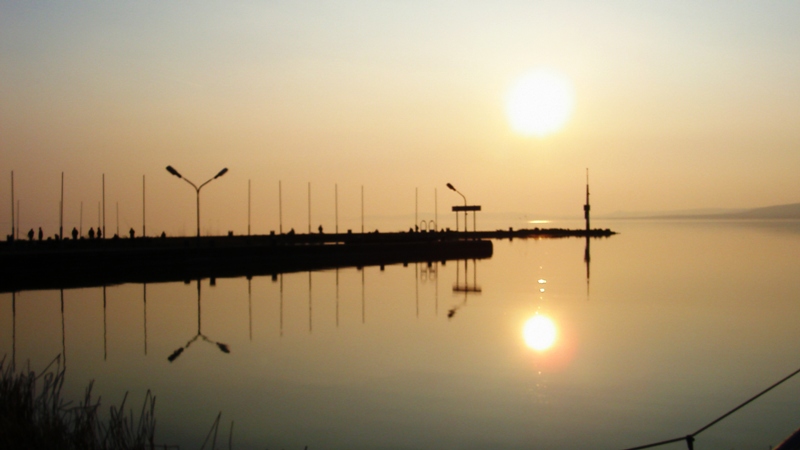Today was the SUMMER SOLSTICE at 10:07 UTC
The summer solstice is the moment when the Earth's axis of rotation deviates from the Sun's rays at the smallest angle. In the Northern Hemisphere, until the summer solstice, the Sun's location in the sky moves from south to north, and then it begins to move from north to south, giving the longest day (and therefore the shortest night) of the year.
The summer solstice is June 21st (sometimes the 22nd or 20th) in the Northern Hemisphere, and December 21st (sometimes the 22nd) in the Southern Hemisphere. According to Hungarian folk customs, it was an important holiday even before, but since the introduction of Christianity, the summer solstice has been associated with St. John's Day (nightfall).
The summer solstice marks the beginning of the astronomical summer in the Northern Hemisphere, many ancient customs are associated with it in most cultures, and its celebration is having a renaissance.
On the summer solstice, on June 21, one of the eight great holidays of the New Pagan Wicca religion is celebrated; litha, the festival of fire.
Typical positions on June 21
The summer solstice in the Northern Hemisphere is June 21st (sometimes the 22nd or 20th).
At the North Pole, the Sun orbits at a constant altitude of 23° and is up all day
At the Arctic Circle, the Sun sets at 47° and is up for 27 hours (the whole day that day, and 1.5-1.5 hours before and after).
Seen from Hungary, at the time of the summer solstice, the sun sets at a height of 66° and is up for 16 hours.
On the Tropic of Cancer, the Sun sets at 90° and is up for 13.5 hours.
At the equator, the sun sets at a height of 66.5° and is up for 12 hours.
On Capricornus, the Sun sets at 43° and is up for 10.5 hours.
At the southern polar circle, the center of the Sun is just above the northern horizon, without rising higher. This is the only day of the year when the sun does not rise.
The Sun does not rise at the South Pole, it is 23° below the horizon.
1155 total views, 1 today
1155 total views, 1 today










